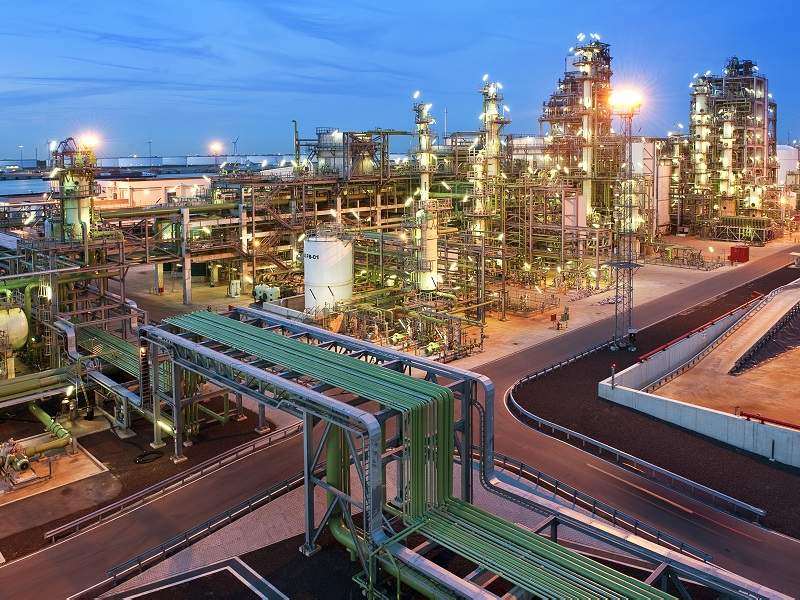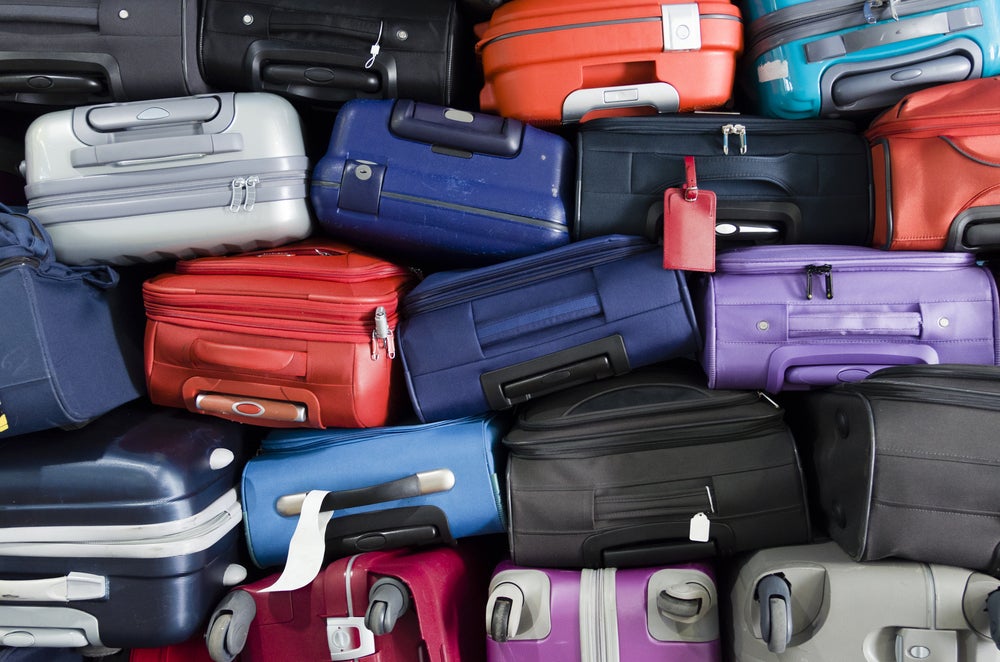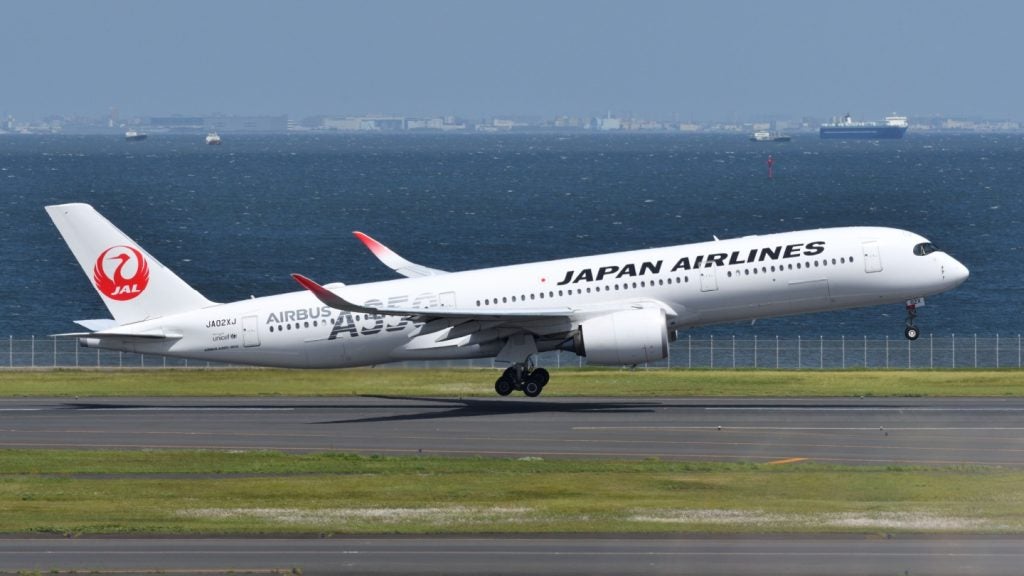
Earlier in June, Finnish oil refining and marketing company Neste entered into a partnership with Dallas Fort Worth International Airport (DFW) aimed at reducing carbon emissions through the use of its MY Renewable Jet Fuel.
The move aims to publicise the growing need to ditch fossil fuels in the aviation industry in exchange for more environmentally friendly alternatives.
Currently, the aviation industry is responsible for 2% of global greenhouse gas emissions and 10% of transport emissions. Although these figures are considerably lower than those from road transport, which in 2016 accounted for 20% of global CO2 emissions, they are projected to grow to 10% over the next decade due to increased air traffic.
With rising fears over the impact of these emissions on the environment, last year the International Air Transport Association (IATA) urged all major players in the industry to work on the development of sustainable solutions, identifying renewable jet fuel as one of the most promising strategies to tackle the issue.
This has paved the way for companies such as Neste to gain an increasingly substantial role in the aviation sector.
Fuelling aviation’s fight
Originally focused on the production of sustainable diesel to replace traditional petroleum diesel, in 2011 Neste launched its renewable jet fuel, MY Renewable Jet Fuel, and has since partnered with airports and other industry stakeholders to promote it.
How well do you really know your competitors?
Access the most comprehensive Company Profiles on the market, powered by GlobalData. Save hours of research. Gain competitive edge.

Thank you!
Your download email will arrive shortly
Not ready to buy yet? Download a free sample
We are confident about the unique quality of our Company Profiles. However, we want you to make the most beneficial decision for your business, so we offer a free sample that you can download by submitting the below form
By GlobalDataAccording to Neste commercial development manager Damian Mc Loughlin, MY Renewable Jet Fuel is made from 100% renewable raw materials with no fossil fuel content. “It has drop-in capability meaning it can be blended with fossil jet fuel up to a maximum of 50%,” he explains. “It can be used in all existing fuel infrastructure without the need for modification or separate logistics.”
It contains the same kind of hydrocarbon as other liquid or fossil fuels, but its refining process is based on a circular economy production system. “The renewable part comes from the feedstock of raw material, which we use in our refining process to produce our fuel. The particular raw materials that we focus on will be waste and residue and for application we use feedstocks like frying or cooking oil.”
As well as providing the base components for a cleaner-burning jet fuel, the raw materials also help recapture carbon from the atmosphere through photosynthesis. “The fuel is captured and recovered back into plants or animal feed or grass,” explains Mc Loughlin. “From then, it will be extracted and turned into hydrocarbon again and then we’ll start the refining process all over again.”
The rising costs of renewable fuel
Having been trialled on over 1,100 Lufthansa flights, Neste’s MY Renewable Jet Fuel has shown encouraging results and helped reduce CO2 emissions by a total of 1,500 tonnes.
However, despite these promising figures, Neste’s renewable fuel is struggling to find buyers in the industry due to high production costs and limited supply.
“When you consider the market size of fossil fuel, you’re considering how it can be replaced. It is a huge task and there isn’t as much production of renewable fuel as there is of fossil fuels,” says Mc Loughlin.
He suggests that a lack of industry incentives, mainly caused by a substantial gap in prices between fossil and renewable jet fuels, is the ‘elephant in the room’ threatening the success and future of producers like Neste.
“Our fuel and sustainable aviation fuel, in general, is somewhere in the region of 3-4 [times] more expensive than fossil jet fuel. That multiplier depends on where the fossil price is at any given time,” he explains.
This means that the higher the price of fossil fuel, the narrower the price delta between it and its renewable alternative. “At the moment, fossil jet fuel has been on the rise for the last couple of months, which isn’t great news for an airline, but it does open up avenues for discussions with airlines for our particular product because that gap is narrowing.”
However, although such price disparity is slowly reducing, airlines are still reluctant to invest and, according to Mc Loughlin, nobody is willing to make the first move.
He claims that the absence of regulatory incentives is making the renewable fuels market unstable and limiting supply. “The absence of these regulatory incentives makes it hard to produce a sufficient quantity to achieve economies of scale and ensuring that the production is oriented around renewables, so airlines are kind of sitting on their hands, producers have been sitting on their hands, and airports don’t have enough capacity to reduce their carbon footprint.”
Tackling the elephant in the room
All is not lost. As more and more people – both passengers and industry stakeholders – understand the necessity to cut carbon emissions, producers like Neste have a chance to compete with fossil fuel suppliers by increasing production and advocating their cause.
“The reason why it is more expensive is because at the moment renewable jet fuel is produced on a batch basis, which is pricier than large industrial-scale production,” explains Mc Loughlin.
Neste’s strategy is then to gradually increase production, with the aim to be able to refine 500,000 tonnes of fuel in 2022. “After that, you are in continuous large-scale production, therefore you will start achieving some economies of scale. It might take some time but if we can get from batch production to continuous production we will get more supply from the market,” he says.
Meanwhile, the company has been working to build relationships with other players in the aviation sector, especially airports, which “have been quite innovative in looking at ways that they can reduce their footprint, anything they have control over within the operational scope of the airport.”
But an airport can only partially contribute to reducing the overall carbon footprint of aviation. “There are many things that airports can and have been doing to reduce their footprint, but the serious impact will be determined by the fuel,” says Mc Loughlin. “However, airports will say that it’s the airline’s responsibility and the airlines will say that it’s the producers’ responsibility or that the passengers should pay for it, so there are a lot of different stakeholders within this.”
With such a variety of voices involved in the debate, Neste is planning to group together producers, airlines, businesses and airports by setting up a platform that allows them to contribute voluntarily towards helping reduce carbon emissions with renewable jet fuel.
“We will call on other producers who are in the renewable business market and might have the capability of developing other technologies to look at different pathways to reduce fossil jet fuel and we will support all of them,” he concludes.






